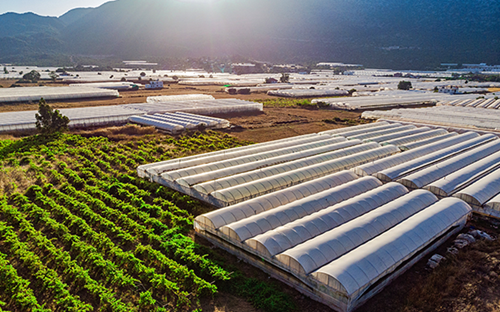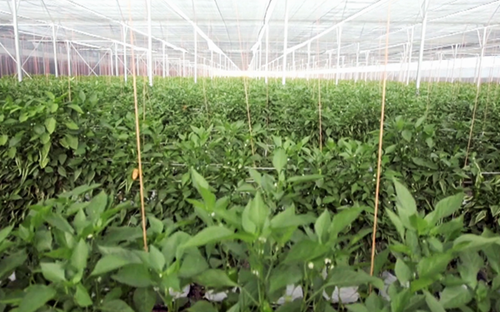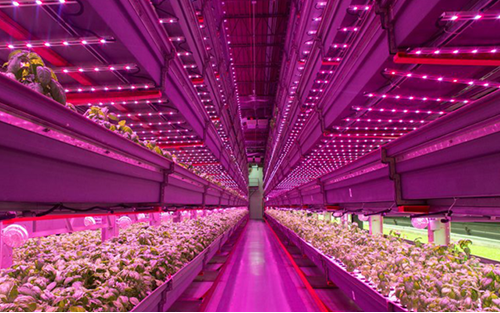You may not know it, but there’s a 60% chance that tomato you ate recently was grown indoors, thanks to Controlled Environment Agriculture (CEA). While CEA is not new, the pace of growth will certainly change food and ag in the years ahead. Below is a quick read to help round out your knowledge.

Fact—big business and getting bigger. Most CEA acres (hectares), China. Most production per hectare and arguably most innovative, Netherlands, with tomatoes producing 20 times the indoor yields of other countries. Surprise powerhouse: Spain, with hectares second only to China. CEA laggard by hectares: United States. See the stats here.
Fact—new levels of nutrition and flavor may spring from tailored plant varieties. The recently formed Precision Indoor Plant (PIP) consortium has brought together leaders in indoor ag—AeroFarms® to BASF® to Intrexon®—to not only spur the industry forward but to “develop flavorful, nutritious crops specially intended for indoor agriculture.” Unlike “outdoor” crops merely grown indoors, these crops are clearly different, with roots grown in various mediums, including water or even mist, and close monitoring and control of light, temperature, humidity and air flow.

Fact—greenhouse, hoop house, vertical and container are all indoor, but not the same. For example, check out this video showing advanced greenhouses from Divine Flavor in Mexico. Then contrast it with the vertical farming innovations of AeroFarms.
Fact—Early origins trace to Cornell University. Whether they started it or not, Cornell’s program dates to the 1990s with a program (since turned over to a nonprofit) still cranking out lettuce daily. Not just a greenhouse, it’s a deliberately controlled environment.
Myth—CEA is “The Solution” for feeding the world sustainably. Yeah, not really.
Sure, greens that lend themselves to the process are being grown under purple and pink lights. These plants thrive in tight spaces under lights that can be powered affordably. But other crops—corn, beets, broccoli among them—pose more formidable challenges. Just as with conventional ag, startup costs for advanced greenhouses or vertical farms are high.

Takeaway—Technology continues to solve problems besetting the world. And understanding will continue to drive acceptance of practices and the products themselves, not just by consumers, but by growers, processors and retailers. At C|O we develop strategic marketing and communications programs to help you connect with audiences across food and agriculture. When the time is right, let’s chat about how our team can work with yours to solve your most interesting challenges. Contact Mark Gale, mark.g@co-nxt.com.
Additional sources:
Facts on global CEA: https://medium.com/land-and-ladle/yes-indoor-ag-can-feed-the-world-3e1d5a9484c1 More facts from Agrilyst: https://medium.com/agrilyst/lets-talk-about-market-size-316842f1ab27
Cornell University: http://cea.cals.cornell.edu/
From CoBank: https://www.cobank.com/knowledge-exchange/specialty-crops/controlled-environment-agriculture
C.O.nxt Insight.
Our team of subject matter experts focuses on food and agriculture—farm field to processing to entrée on a plate. We can help you build a new brand, protect an old one or target customers to foster sales. Let’s talk when the time is right to handle your next strategic marketing and communications challenge: Marcy Tessmann, marcy@co-nxt.com.
SHARE THIS STORY
What Would You Solve in 30 Days?
Every brand faces moments when clarity, momentum, or alignment are lacking. Sometimes it’s a new product that needs a smart go-to-market plan. Other times, it’s a shift in the business that calls for a tighter
